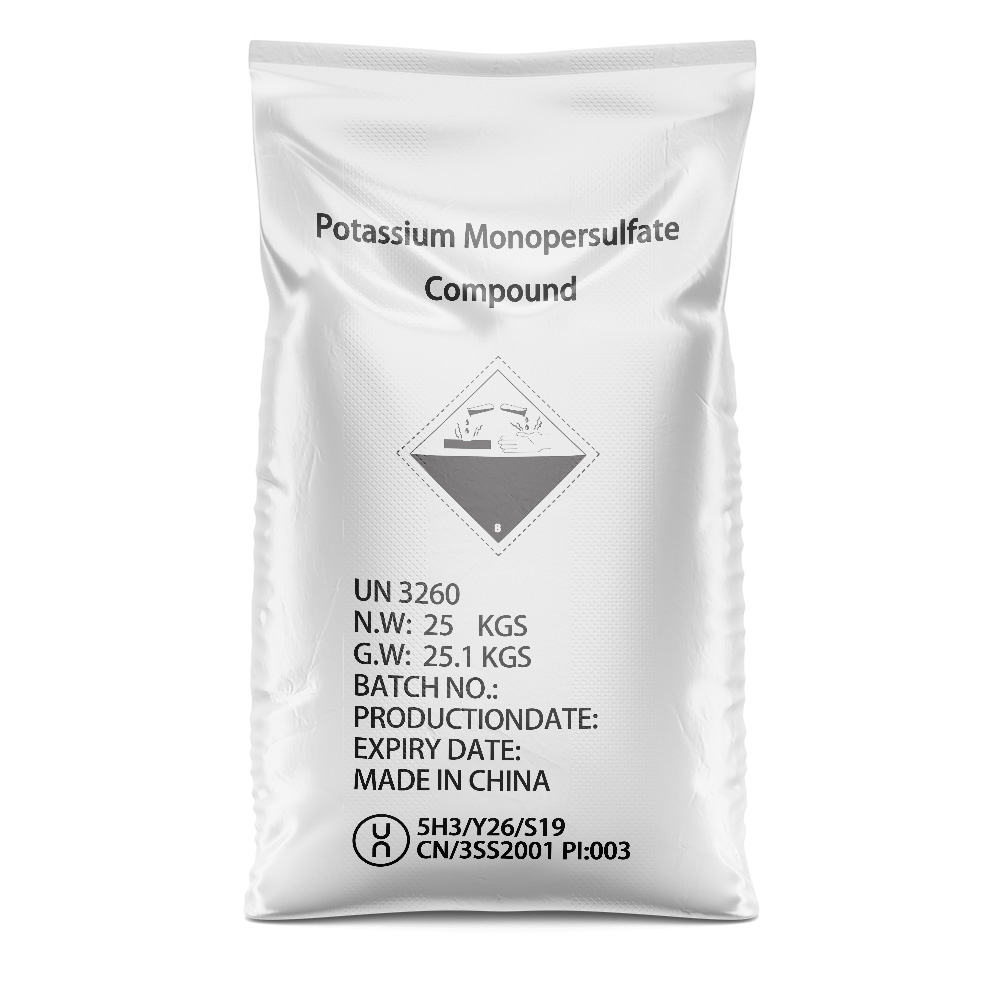



Understanding the Role of Barium Sulfate in CT Imaging for Gastrointestinal Assessments
Understanding Barium Sulfate in CT Scans A Comprehensive Overview
Barium sulfate is a powerful contrast agent frequently utilized in various medical imaging techniques, particularly in computed tomography (CT) scans. This compound, known for its high atomic number, enhances the radiographic visibility of the gastrointestinal (GI) tract. In this article, we will delve into the roles, benefits, and considerations of using barium sulfate in CT imaging.
What is Barium Sulfate?
Barium sulfate (BaSO4) is a white, inert powder that is not absorbed by the body. It is used as a radiopaque contrast agent to improve the visibility of internal structures during imaging studies. When ingested or administered, barium sulfate coats the lining of the GI tract, allowing radiologists to discern the anatomy and pathology of organs in a clearer and more detailed manner.
How is Barium Sulfate Used in CT Scans?
CT scans are advanced imaging techniques that produce cross-sectional images of the body. When a CT scan focuses on the abdomen or pelvis, barium sulfate can play a pivotal role in evaluating various conditions, including tumors, ulcers, and blockages within the digestive system.
Before the CT scan, a patient is typically instructed to consume a solution containing barium sulfate. The barium coats the GI tract, providing contrast against the surrounding tissues. This is crucial, as it enhances the detection of abnormalities that might otherwise go unnoticed.
There are several methods for administration 1. Oral Administration For assessing the esophagus, stomach, and small intestine, the patient drinks the barium sulfate suspension. 2. Rectal Administration This approach is used for imaging the lower bowel, where barium is introduced via an enema.
Benefits of Using Barium Sulfate
The use of barium sulfate in CT scans comes with numerous advantages
1. Enhanced Imaging Quality The primary benefit is the improved contrast it provides, which aids in more accurate diagnosis by allowing radiologists to see the boundaries and structures of the GI tract more clearly.
barium sulfate ct scan

2. Safety and Inertness Barium sulfate is generally safe for patients when used properly. It is non-toxic and does not dissolve in bodily fluids, making it suitable for gastrointestinal examinations.
3. Versatility Barium sulfate can be used in various types of imaging studies, not just CT scans, but also in X-rays and fluoroscopy procedures. Its ability to highlight different parts of the digestive system makes it a versatile tool in medical imaging.
4. Patient Comfort Modern formulations of barium sulfate have been improved to enhance patient experience, with flavors and textures that make ingestion easier.
Considerations and Risks
While barium sulfate is largely safe, there are some considerations and potential risks associated with its use
1. Allergic Reactions Although rare, some individuals may experience allergic reactions to barium sulfate. It’s important for patients to inform their healthcare providers of any previous reactions to contrast materials or allergies in general.
2. Potential Complications Ingesting barium can lead to constipation or, in rare cases, bowel obstruction. It is crucial for patients to hydrate adequately after the procedure to help facilitate clearance of the barium.
3. Imaging Limitations While barium sulfate is effective for visualizing the GI tract, it may not provide sufficient contrast for soft tissues. Therefore, it may be used in conjunction with other imaging agents, such as iodine-based contrast, in certain scans.
Conclusion
Barium sulfate serves as an essential tool in enhancing the quality and clarity of CT scans, particularly for the gastrointestinal tract. Its ability to provide detailed images facilitates accurate diagnosis and effective treatment plans. Despite its advantages, medical professionals must carefully assess each patient's history and health status to mitigate any potential risks. Overall, the use of barium sulfate in medical imaging reflects ongoing advancements in diagnostic medicine, ensuring better patient outcomes through improved visualization techniques.
-
Why Sodium Persulfate Is Everywhere NowNewsJul.07,2025
-
Why Polyacrylamide Is in High DemandNewsJul.07,2025
-
Understanding Paint Chemicals and Their ApplicationsNewsJul.07,2025
-
Smart Use Of Mining ChemicalsNewsJul.07,2025
-
Practical Uses of Potassium MonopersulfateNewsJul.07,2025
-
Agrochemicals In Real FarmingNewsJul.07,2025
-
Sodium Chlorite Hot UsesNewsJul.01,2025










